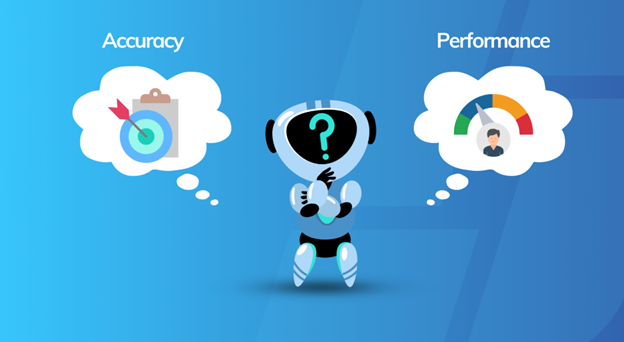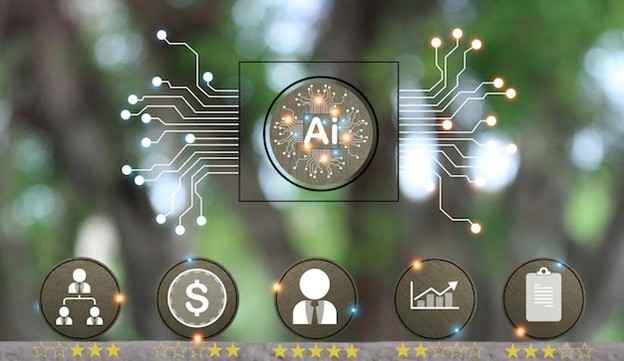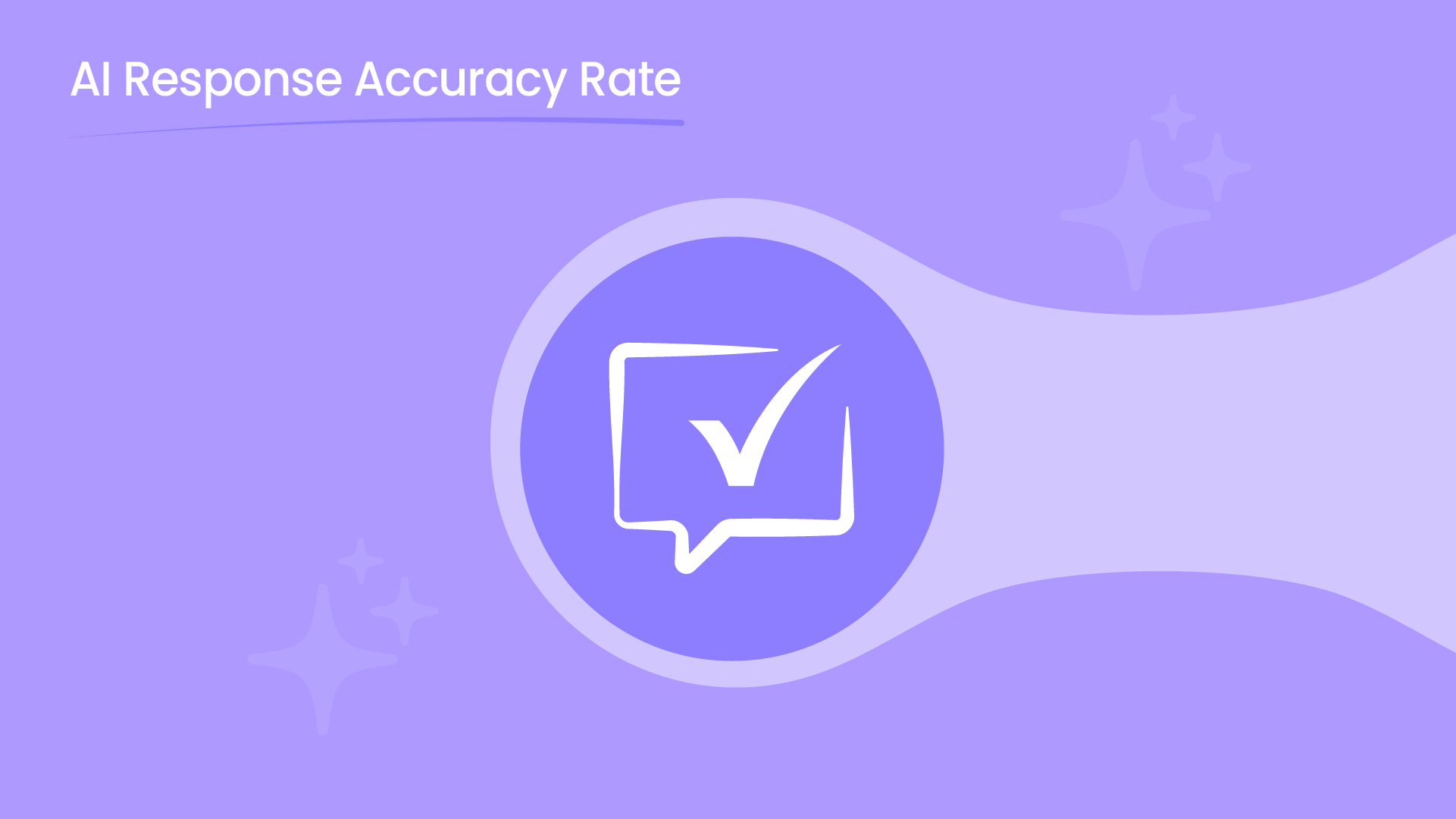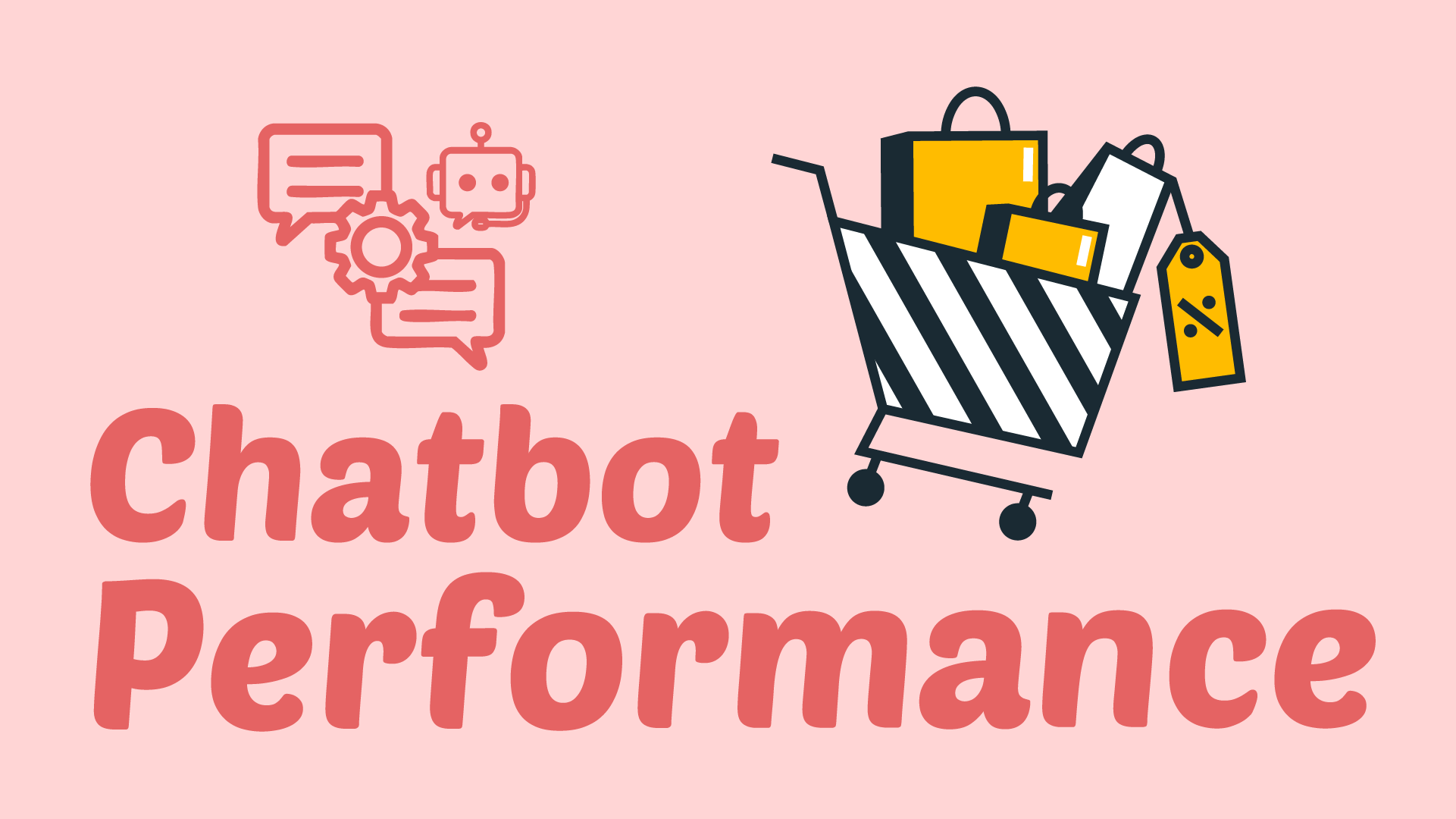Introduction
In today’s digital-first business environment, customer service is increasingly powered by artificial intelligence. From chatbots to virtual assistants, AI is transforming how companies interact with their customers. But automation alone is not enough — accuracy determines whether AI is truly effective. One of the most critical performance metrics in this context is the AI Response Accuracy Rate. This metric evaluates how often AI provides correct, contextually appropriate, and helpful answers to customer queries. A high accuracy rate ensures trust, efficiency, and brand credibility, while a low one risks customer dissatisfaction and operational setbacks.

Understanding AI Response Accuracy Rate
Before exploring strategies and improvements, it’s important to define what AI Response Accuracy Rate really means. This section breaks down the concept, its calculation, and how it plays out in real customer interactions.
Definition and Purpose
AI Response Accuracy Rate measures the percentage of AI-generated responses that are accurate in both content and context. Unlike basic correctness, accuracy here goes beyond factual information — it also covers tone, clarity, and intent alignment. For customer service, this metric ensures that customers receive not just answers, but solutions.
Formula
AI Response Accuracy Rate = (Accurate AI Responses ÷ Total AI Responses) × 100
Example:
If an AI answers 1,000 queries in a week and 920 are accurate, the accuracy rate is (920 ÷ 1,000) × 100 = 92%.
Examples of Accurate vs. Inaccurate AI Responses
- Accurate: A customer asks about a product return policy, and the AI correctly provides step-by-step instructions while linking to the official policy page.
- Inaccurate: The same query is answered with outdated information, or worse, redirected to irrelevant FAQs.
This distinction highlights why accuracy is essential for meaningful customer engagement.
Benchmarks and Industry Standards for Accuracy Rates
Accuracy expectations vary widely depending on the industry, enterprise maturity, and AI tool being used:
Industry Standards:
- Customer service & e-commerce: 85–92% accuracy is considered competitive.
- Healthcare & finance (regulated industries): Benchmarks rise to 95%+, as errors can have serious consequences.
- Retail & travel sectors: Often work with 80–90% accuracy, since queries can be more varied and informal.
Enterprise Practices:
- Mature enterprises often set internal targets of 90%+, with fallback human support for edge cases.
- Startups or early adopters may operate with 75–85% accuracy as they train their models.
Well-Known AI Tools (general benchmarks):
- OpenAI GPT models: Typically achieve 85–92% accuracy in customer-facing contexts.
- Perplexity AI: Known for strong retrieval-based accuracy, often 90–95% on factual queries.
- DeepSeek and other domain-specific LLMs: Accuracy ranges 88–94%, especially in technical or enterprise-specific use cases.
Simple Example:
A retail chatbot powered by GPT may answer 9 out of 10 customer queries correctly, while a financial advisory bot may need to hit 19 out of 20 to be viable.
Why AI Response Accuracy Matters in Customer Service
Accuracy is not just a technical metric — it directly affects customer experience and business outcomes. From trust-building to cost efficiency, this section explains why getting responses right is critical.

Building Customer Trust and Retention
Trust is the foundation of customer relationships. When AI consistently delivers accurate responses, customers feel confident relying on automated channels. Over time, this trust translates into loyalty and repeat business.
Enhancing Operational Efficiency
Accurate AI reduces the need for human intervention. When fewer queries are escalated to live agents, customer service teams can focus on complex cases, leading to faster resolution times overall.
Reducing Costs Through Automation
Customer service is one of the most resource-intensive business functions. High AI response accuracy means businesses can rely more on automation, lowering labor costs while maintaining quality.
Protecting Brand Reputation
Every customer interaction shapes brand perception. Inaccurate AI responses can frustrate users and damage brand credibility. On the other hand, accurate AI creates a seamless, professional impression that strengthens the company’s image.
Factors Influencing AI Response Accuracy Rate
Several elements determine how accurately AI can respond in real-world scenarios. Understanding these influencing factors helps organizations identify where improvements are most needed.
Quality of Training Data
AI is only as good as the data it is trained on. High-quality, domain-specific, and regularly updated data improves the accuracy of responses. Poor or outdated data, however, leads to misinterpretations.
Context Awareness and Intent Understanding
Accuracy improves when AI understands not just keywords but also customer intent. Contextual memory — the ability to follow multi-turn conversations — plays a vital role in delivering meaningful answers.
Knowledge Base Integration
Direct access to an up-to-date internal knowledge base allows AI to provide precise, verified responses. Without this integration, AI may rely on incomplete or generalized information.
Language and Cultural Nuances
Global businesses need AI that handles multiple languages, dialects, and cultural contexts. Misinterpretation of idioms, phrases, or tone can reduce accuracy dramatically.
Model Version and Update Frequency
Outdated AI models may fail to recognize new products, policies, or industry terms. Regular updates keep the AI aligned with current business needs.
Feedback Loops and Human Oversight
Continuous feedback from customers and human reviewers helps fine-tune AI systems. Human-in-the-loop frameworks ensure that mistakes are quickly corrected and accuracy improves over time.
How to Measure AI Response Accuracy Rate
Measuring accuracy requires both qualitative and quantitative methods. This section explores the different approaches businesses can use to evaluate how well their AI systems are performing.
Human Annotation and Review
Periodic human review of AI conversations provides detailed insights into accuracy. Trained evaluators can classify responses as correct, partially correct, or incorrect.
Customer Feedback and Surveys
Simple customer feedback mechanisms, such as “Was this answer helpful? Yes/No”, provide real-time data on AI accuracy from the end-user perspective.
Automated Semantic Scoring
Advanced AI evaluation tools can automatically compare responses against a gold-standard dataset, identifying mismatches in context or correctness.
Error Categorization and Benchmarking
Tracking common error categories — factual mistakes, tone misalignment, or incomplete answers — helps organizations address weaknesses. Benchmarking accuracy rates against industry standards also offers perspective.
Strategies to Improve AI Response Accuracy Rate
Improvement doesn’t happen by chance — it requires deliberate strategies and ongoing refinement. Here we explore practical methods businesses can adopt to enhance their AI accuracy.

- Knowledge Base Audits: Regularly updating and cleaning the knowledge base ensures AI always provides current and relevant information.
- Scenario-Based Model Training: Training AI with real-world scenarios, rather than generic datasets, improves its ability to understand context and deliver relevant responses.
- Escalation Protocols for Low-Confidence Responses: When AI detects uncertainty, it should automatically escalate the query to a human agent. This avoids the risk of delivering incorrect answers.
- Confidence Scoring and Thresholds: By assigning confidence scores to responses, AI can decide when to answer directly and when to defer. For instance, a score below 70% could trigger escalation.
- Multi-Channel Accuracy Optimization: AI should be fine-tuned for each communication channel — chat, email, or voice. A response optimized for live chat may not work equally well for phone support.
- Continuous Learning and Model Updates: Incorporating feedback into regular model retraining ensures the AI evolves with customer needs, keeping accuracy rates consistently high.
Future Outlook: Accuracy in the Age of Generative AI
As AI technology evolves, so too will its ability to provide more precise and human-like responses. This section highlights what the future may hold for accuracy in customer service AI.
- Advancements in Contextual Understanding: Generative AI models are increasingly capable of understanding nuanced customer queries, enabling more natural and accurate interactions.
- Real-Time Learning and Self-Correction: Future AI systems may learn and adapt during conversations, reducing errors in real-time without needing manual intervention.
- Balancing Automation and Ethical Governance: As accuracy improves, the challenge will be to maintain transparency, fairness, and data privacy. Ethical governance frameworks will ensure that AI remains trustworthy.
Conclusion
AI Response Accuracy Rate is more than a performance metric — it is a measure of trust, efficiency, and brand strength in customer service. Companies that prioritize high accuracy can unlock the full potential of AI, creating seamless experiences that customers appreciate and remember. As generative AI evolves, accuracy rates will rise, but the real benchmark will always be whether AI can balance speed, precision, and responsibility in every interaction.
arti






